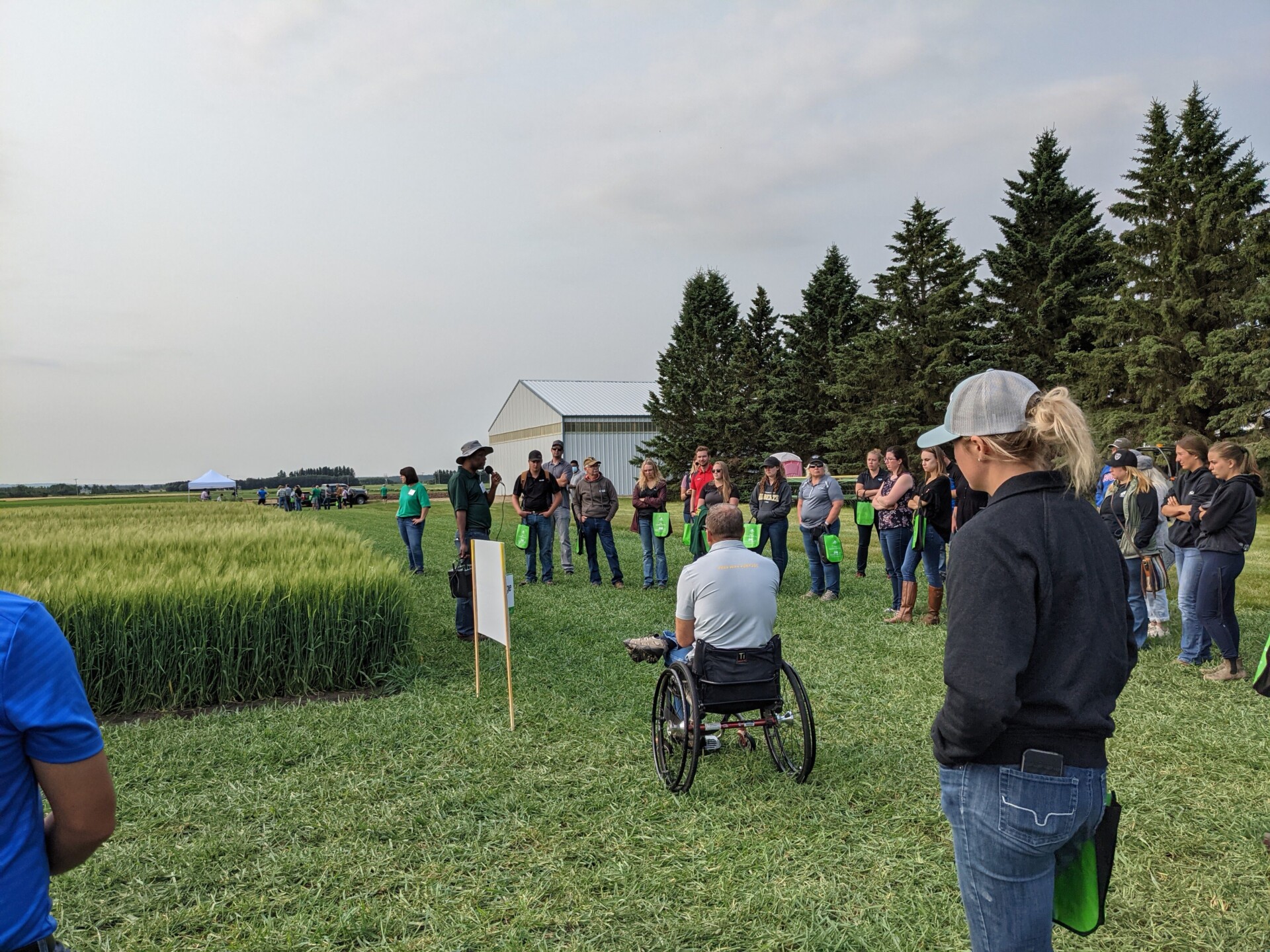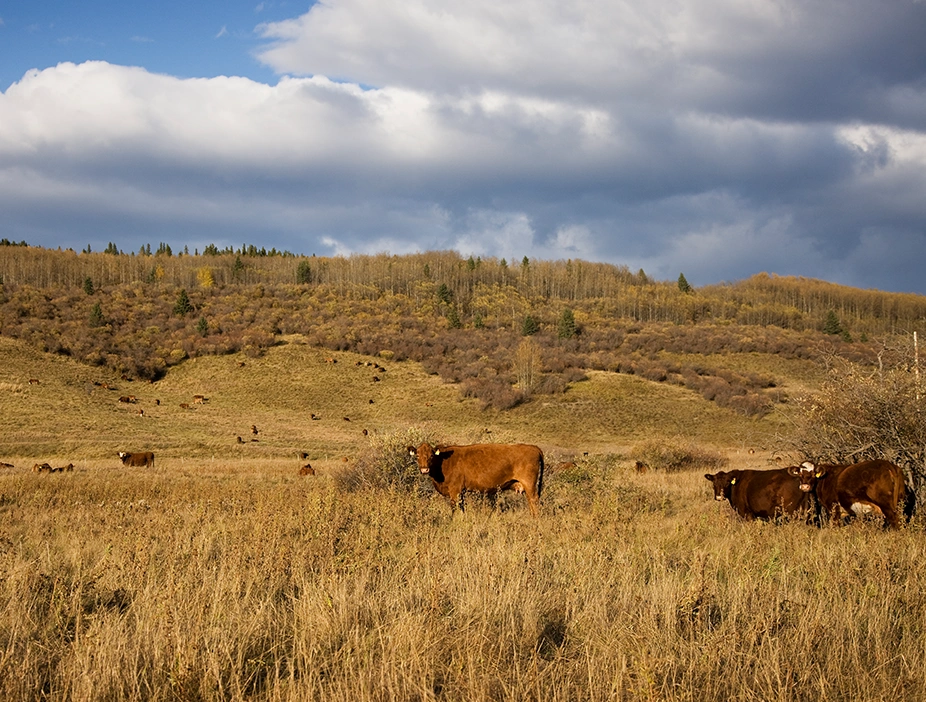Selecting for improved feed efficiency and carcass quality: putting theory into practice
Research under the first Beef Science Cluster (FDE.05.09 and BQU.03.10) identified a number of genomic markers for feed efficiency and carcass characteristics in feedlot cattle. However, the potential impact of selecting for improved feedlot feed efficiency on maternal traits (cow winter feed requirements and reproductive traits) is unknown.
Completed: 2018
DNA tests for feed efficiency and beef tenderness
The beef industry would benefit greatly from both reduced feed costs and increased beef quality. Feed efficiency is the most economically important trait in feedlot production, and winter feed costs can account for over 75% of cow-calf production costs.
Completed: 2013
Impact of rumen microbes on feed efficiency
This project aimed to identify factors associated with enhanced feed efficiency in feedlot cattle, focusing specifically on the microbial populations in the rumen and any effects of host-microbe interactions on feed efficiency. The association between feed efficiency and acidosis was also investigated.
Completed: 2012
Effects of the Galanin Gene on ADG and fat deposition
The objective of this study was to determine the effect of a mutation in the galanin gene on average daily gain and fat deposition in cattle during backgrounding and finishing, as well as any effects on carcass fat traits.
Completed: 2011
Identifying efficient cattle using infrared technology
This project examined the relationship between infrared thermographic images (IRT) and residual feed intake (RFI) in cows and feedlot cattle to determine whether IRT could be used as a lower cost method to identify and rank animals with improved feed efficiency.
Completed: 2010
Showing 1-10 of 10



